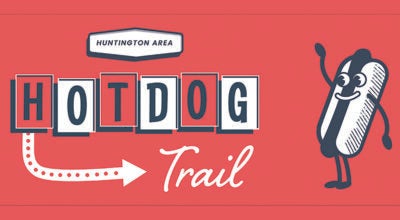It’s peak season for deer/vehicle collisions
Published 12:00 am Tuesday, November 8, 2022

- Fall marks the beginning of a three-month period in Ohio when deer-related traffic crashes go up. Since 2017, the Ohio State Highway Patrol reported there were more than 100,000 deer-related crashes on Ohio’s roadways. (MCT)
AAA: $5K is average insurance claim
With fall comes cool weather and shorter days. It also means drivers are more likely to encounter deer the roadway.
The number of deer-vehicle collisions increases in October and peaks in November and December. To reduce inconvenience, costs, and potential danger, AAA East Central cautions motorists to be especially vigilant on the road in animal-prone areas.
“More collisions between vehicles and deer occur now than any other time of the year,” says Jonathon King, vice president of Insurance sales, AAA East Central. “One of our top claims as winter approaches is for vehicles that have been totaled from hitting animals, and the costs can be staggering.”
Since 2017, there have been more than 100,000 deer related crashes in Ohio, according to data from the Ohio State Highway Patrol.
Moreover, according to the National Highway Traffic Safety Administration, there are about 1 million car accidents with deer each year that kill 200 Americans, cause more than 10,000 personal injuries, and result in $1 billion in vehicle damage.
AAA Insurance reports that it’s average deer-related claim in the region is about $5,000, though costs can be much higher depending on the damage to a vehicle.
Collision coverage pays for damage to a vehicle that results from a collision with an object (e.g., a telephone pole, a guard rail, a mailbox), or because of flipping over. AAA East Central recommends motorists opt-in for comprehensive coverage, which is for damage to vehicles covered by disasters “other than collisions” (in this case, contact with animals).
“While adding comprehensive coverage may add a small amount to your premium, it could save you money down the road,” continued King.
To help prevent a crash or to reduce damage from an animal collision, AAA suggests motorists:
• Pay attention to road signs. Yellow, diamond-shaped signs with an image of a deer indicate areas with high levels of deer activity.
• Keep focused on the road. Ditching distractions is one of the easiest ways to be ready if a deer comes out of nowhere.
• Be especially attentive in early morning and evening hours. Many animals, especially deer, are most active from 5-8 a.m. and 5-8 p.m., the prime commuting times for many drivers.
• Use high beams when there’s no oncoming traffic. Animals can be spotted sooner and the light reflecting off their eyes will often reveal their location.
• Slow down and watch for other deer to appear. Deer rarely travel alone, so if there is one, more are likely nearby.
• Resist the urge to swerve. Keep both hands firmly on the wheel and don’t change lanes. Swerving away from animals can confuse them so they don’t know which way to run. It can also put motorists in the path of oncoming vehicles.
or cause the vehicle to crash into something.





